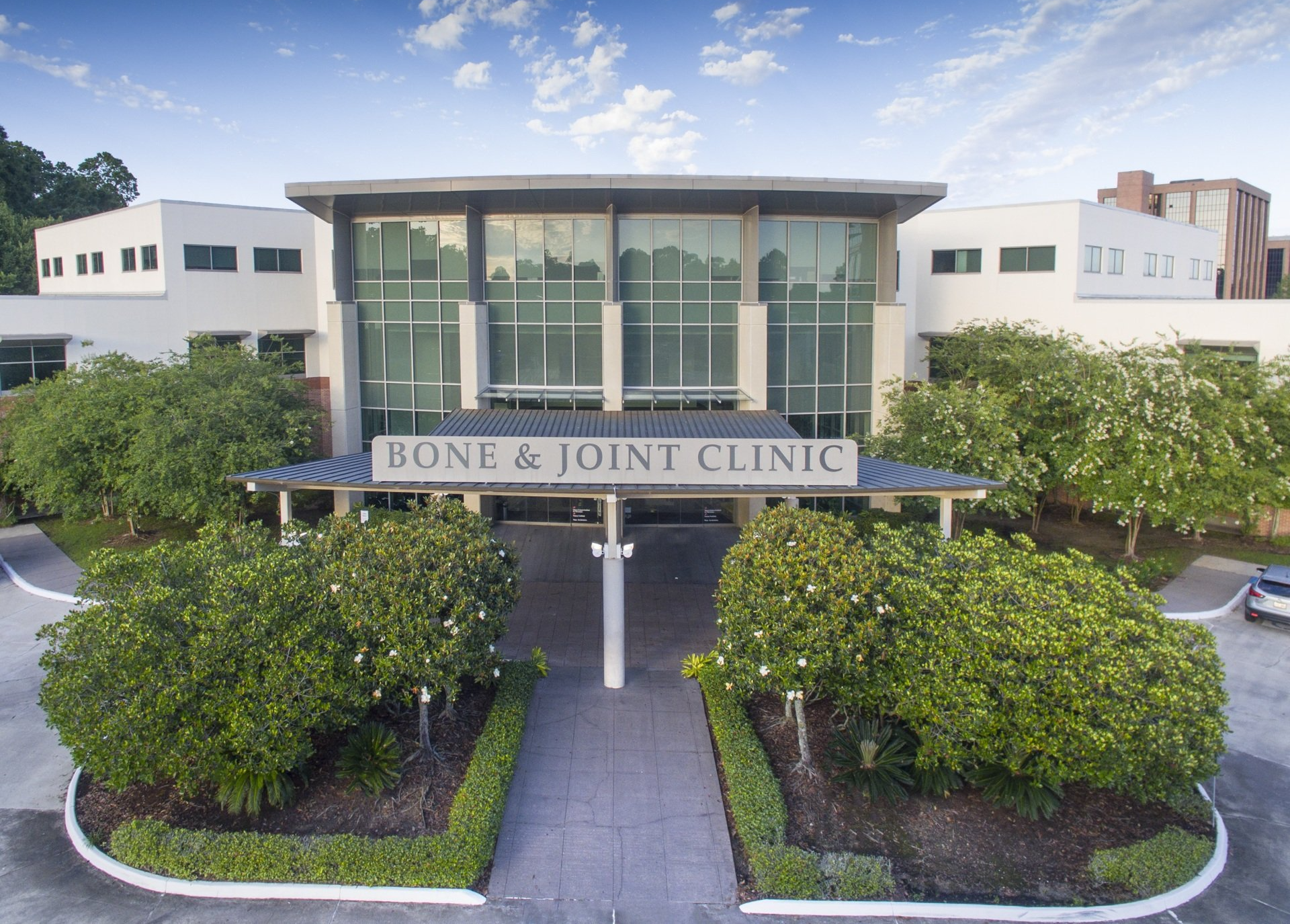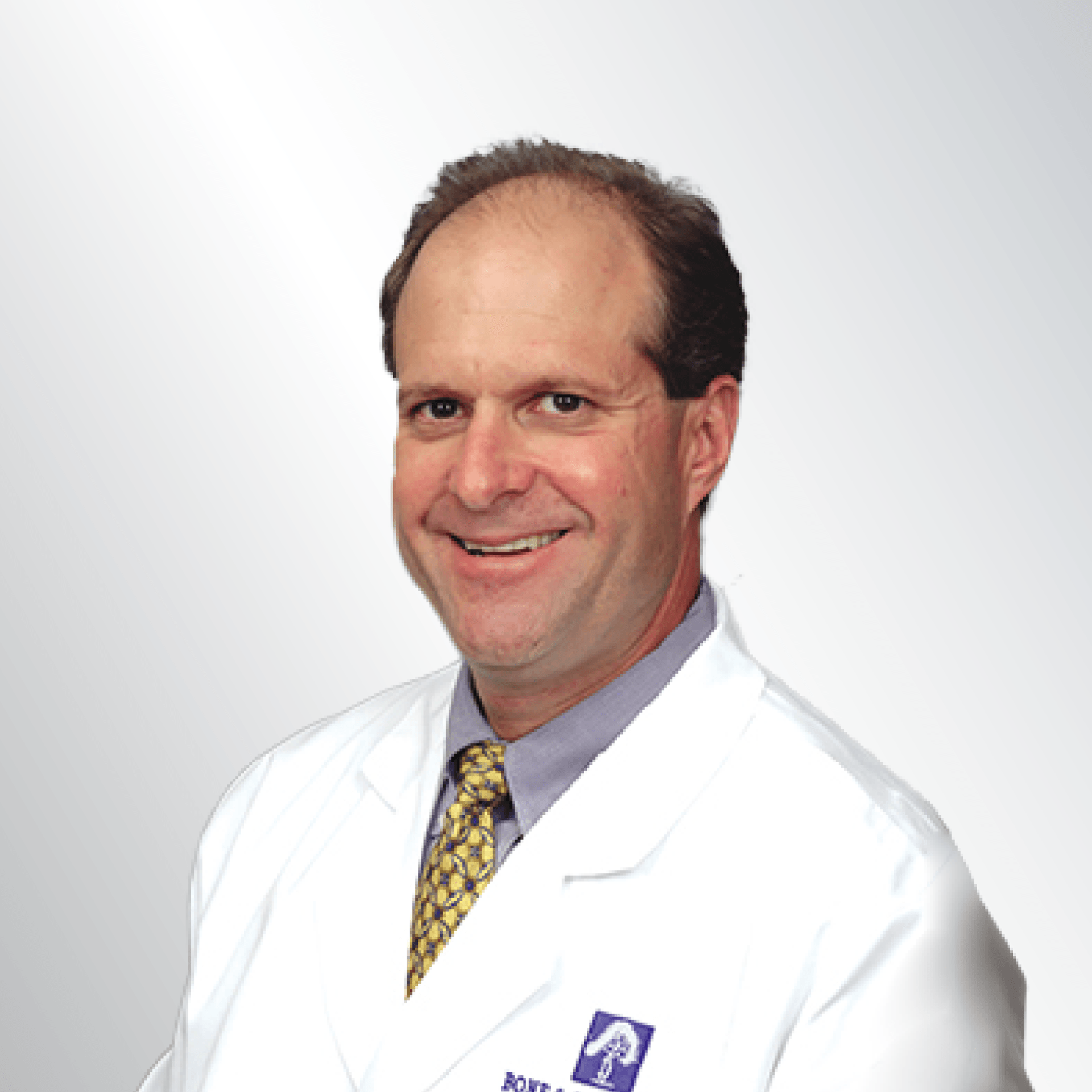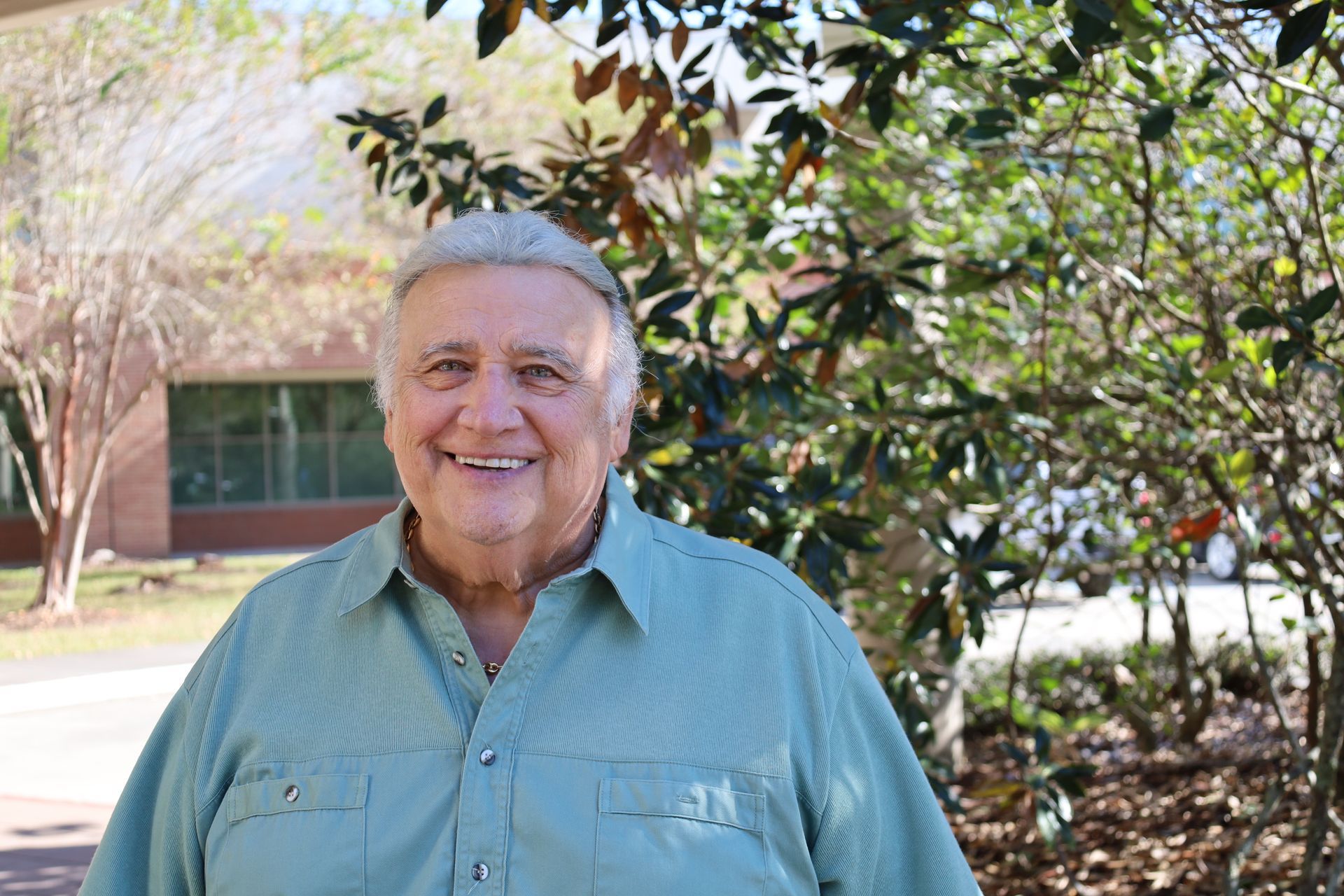When you think of your shoulder joint, you likely picture the ball and socket of the glenohumeral joint. However, the shoulder is actually comprised of two joints. The second, known as the acromioclavicular joint (AC joint), sits above the ball and socket where the shoulder blade and collar bone meet. With the support of three ligaments, this joint helps support the larger shoulder joint and, when uninjured, allows for full, pain-free shoulder movement.
What is a Separated Shoulder?
Many confuse shoulder separation and dislocation; however, the two are distinctly different. While dislocation affects the glenohumeral joint, separation refers specifically to the AC joint. It occurs when one of the supporting ligaments is damaged and allows the two bones to pull apart from one another and is most often the result of a forceful fall or impact at the top of the shoulder. Athletes who participate in contact sports are especially susceptible to this injury.
Grading a Separated Shoulder
Like most soft tissue injuries, separated shoulders occur with differing degrees of severity and is graded accordingly.
Grade I – In the mildest form, the AC ligaments are simply sprained but intact. The collarbone does not move in a Grade I separation.
Grade II – In a Grade II injury, there is a partial tear of the AC ligaments and the coracoclavicular (CC) ligament may also suffer a sprain or slight tear. There is detectable misalignment of the collarbone that may include a small visible bump.
Grade III – Grade III cases of shoulder separation includes a complete tear of the AC and CC ligaments. The collarbone will be visibly misaligned with a large bump.
When Does a Separated Shoulder Need Surgery?
Fortunately, most cases of separated shoulder will not require surgical repair, even in the most active of athletes. Treatment protocols including rest, use of a sling, ice, over-the-counter pain medications, and orthopedic physical therapy are typically sufficient to restore function and comfort to the injured joint. However, in the case of Grade III injuries or separations that continue to cause pain or loss of function after injury, surgical repair and reattachment of the ligaments may be necessary.
To learn how your own shoulder injury needs to be treated, contact the Bone and Joint Clinic of Baton Rouge and schedule an appointment with one of our skilled shoulder specialists. Whether your injury requires surgery or more conservative treatment methods, our doctors have you covered with the skill and expertise the situation requires.




